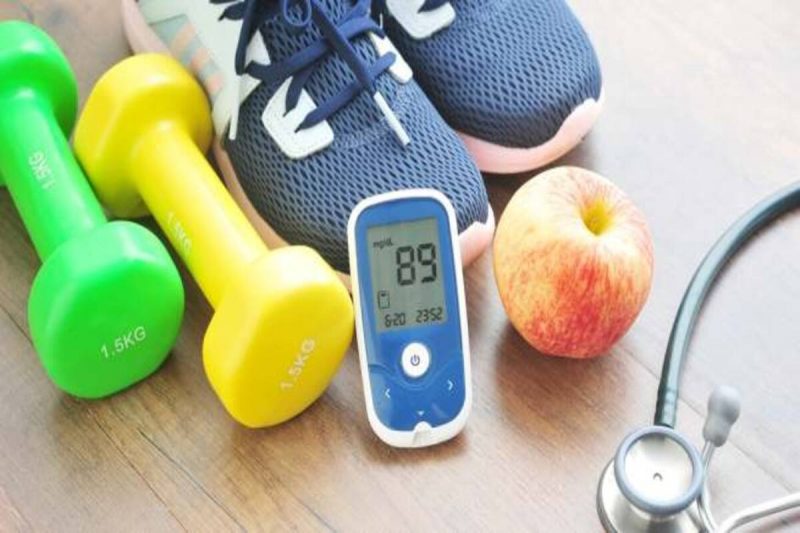Shoulder impingement can be divided into functional and structural.
The usual presentation of functional impingement is someone under 40 years of age. They will commonly be involved in overhead sports such as tennis, swimming, gymnastics of football.
They may have a history of instability of the shoulder or have generalised ligamentous laxity.
Essentially, impingement occurs when the humeral head translates too far anteriorly in overhead positions, placing strain on the upper rotator cuff and compressing the subacromial space. Sometimes, when the instability is more pronounces, biceps and subscapularis can be involved.
Treatment is conservative first. NSAIDs for pain relief and cuff and scapular stabiliser retraining.
Injections are rarely required and discouraged.
Structural impingement occurs on an older population and results from a narrowed subacromial space. This can be from swollen tendons, bursitis, AC joint osteophytes, glenohumeral arthritis or full thickness rotator cuff tear. In this group, it important to asses the integrity of the cuff with XRAY and ultrasound.
Anyone under 60 with a full thickness tear should be considered for surgery to avoid shoulder joint arthritis. Anyone with >50% thickness cuff tear can be monitored, but may need surgery. < 50% tears are usually monitored with 6-12 monthly ultrasound and rehabilitated.
Injections are often helpful to relieve pain, but muscle retraining remains important.
Decompression surgery my be required if all else fails.

Sports Medicine by Sport and Exercise Medicine Physicians
Mornington, Frankston, Narre Warren/Berwick



